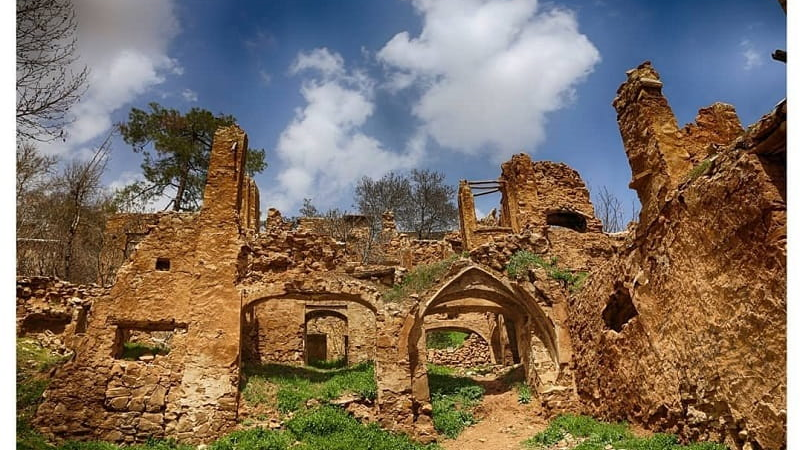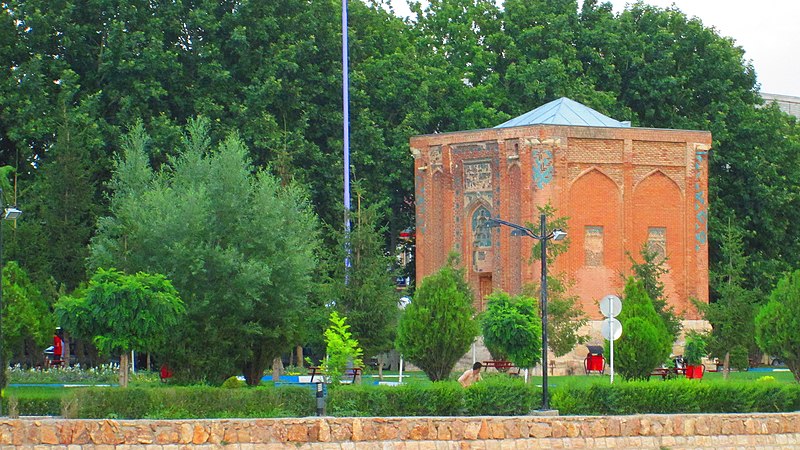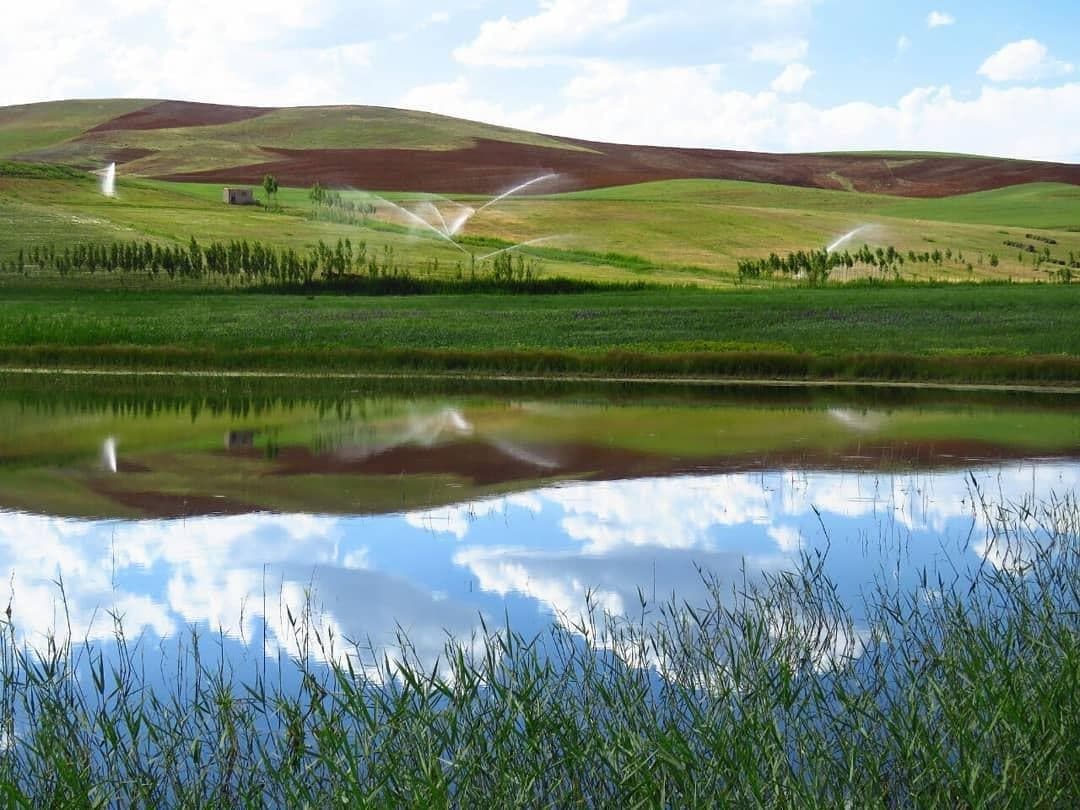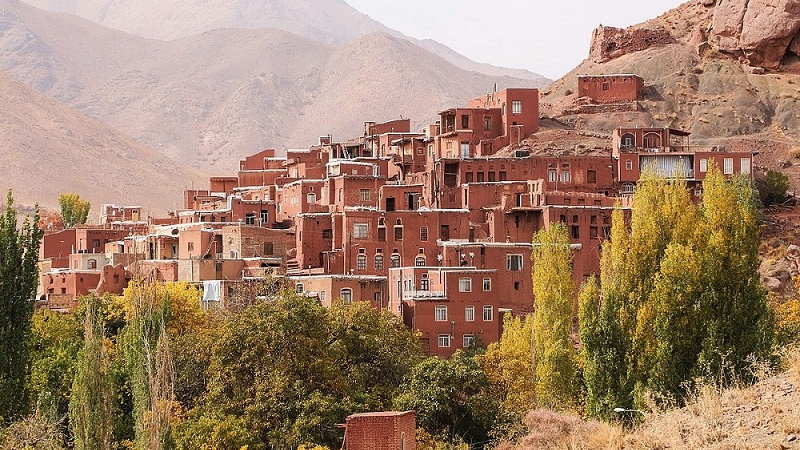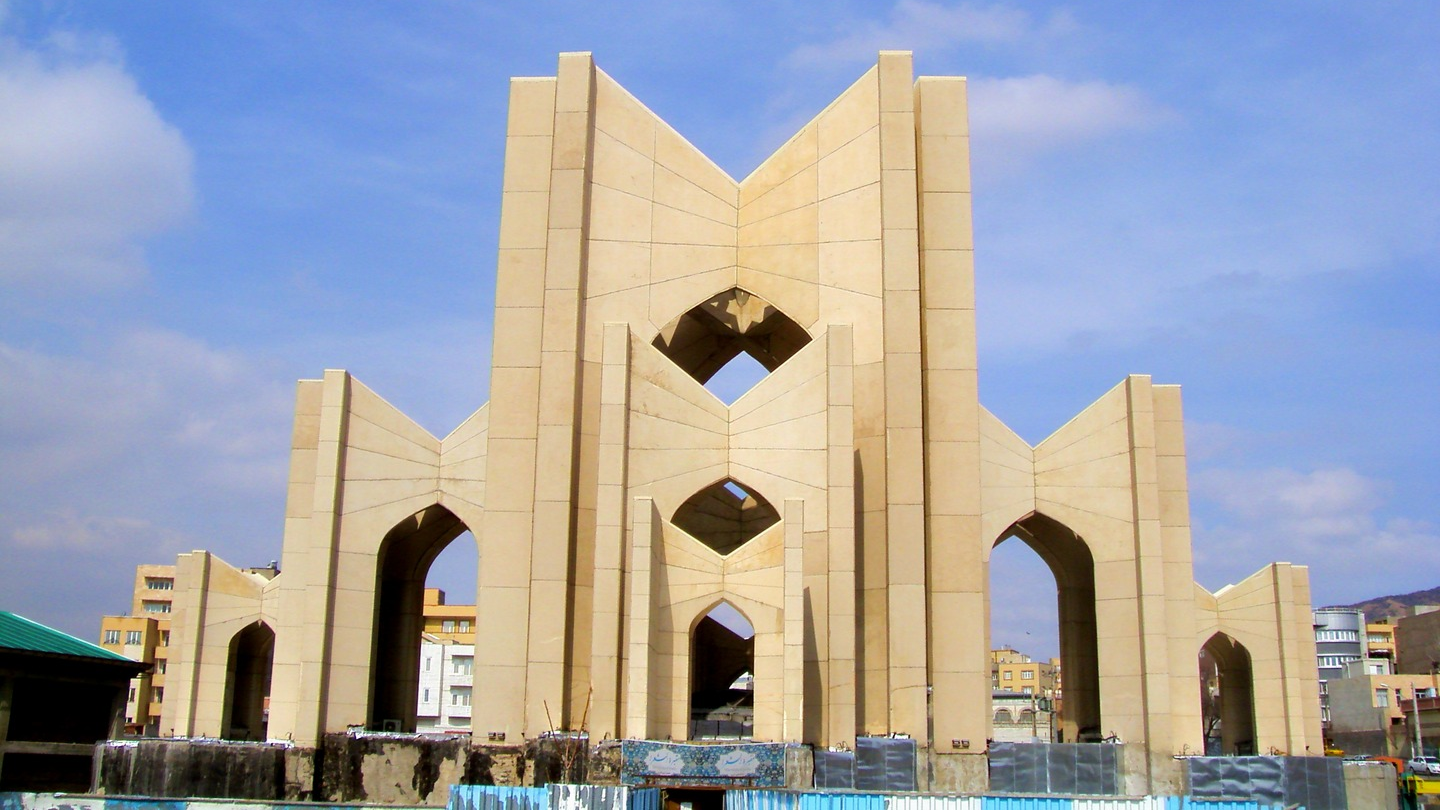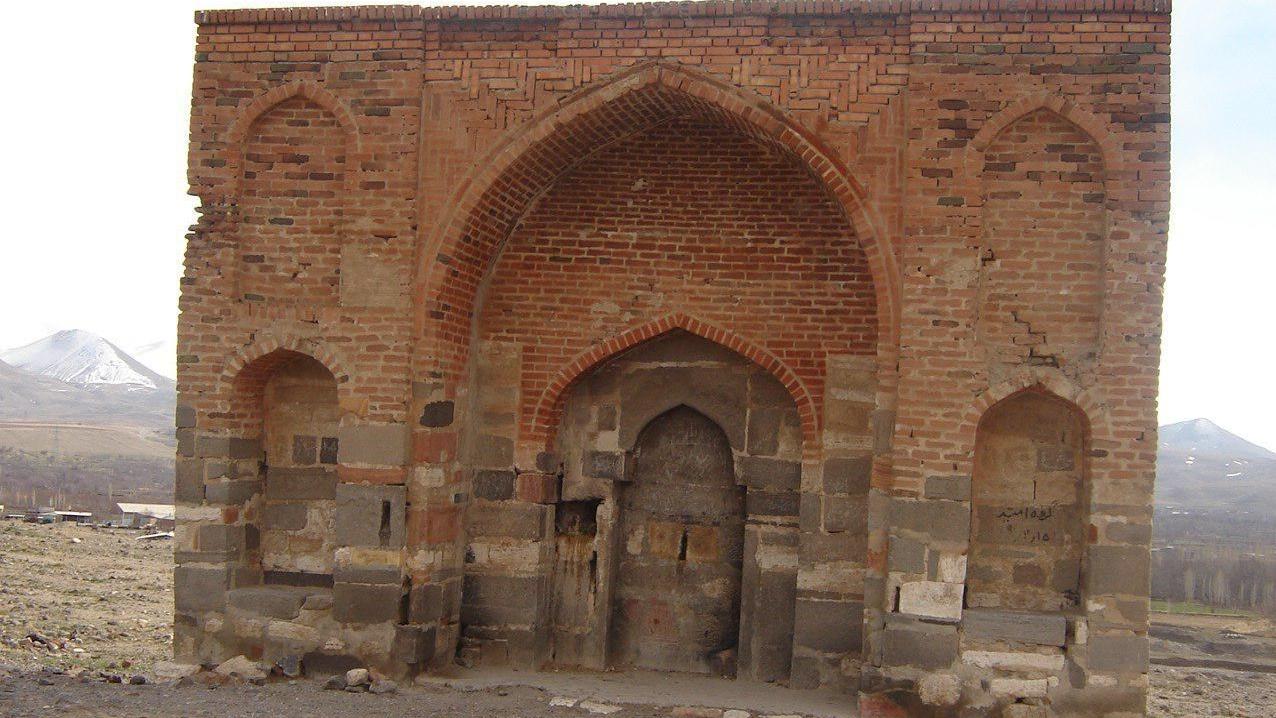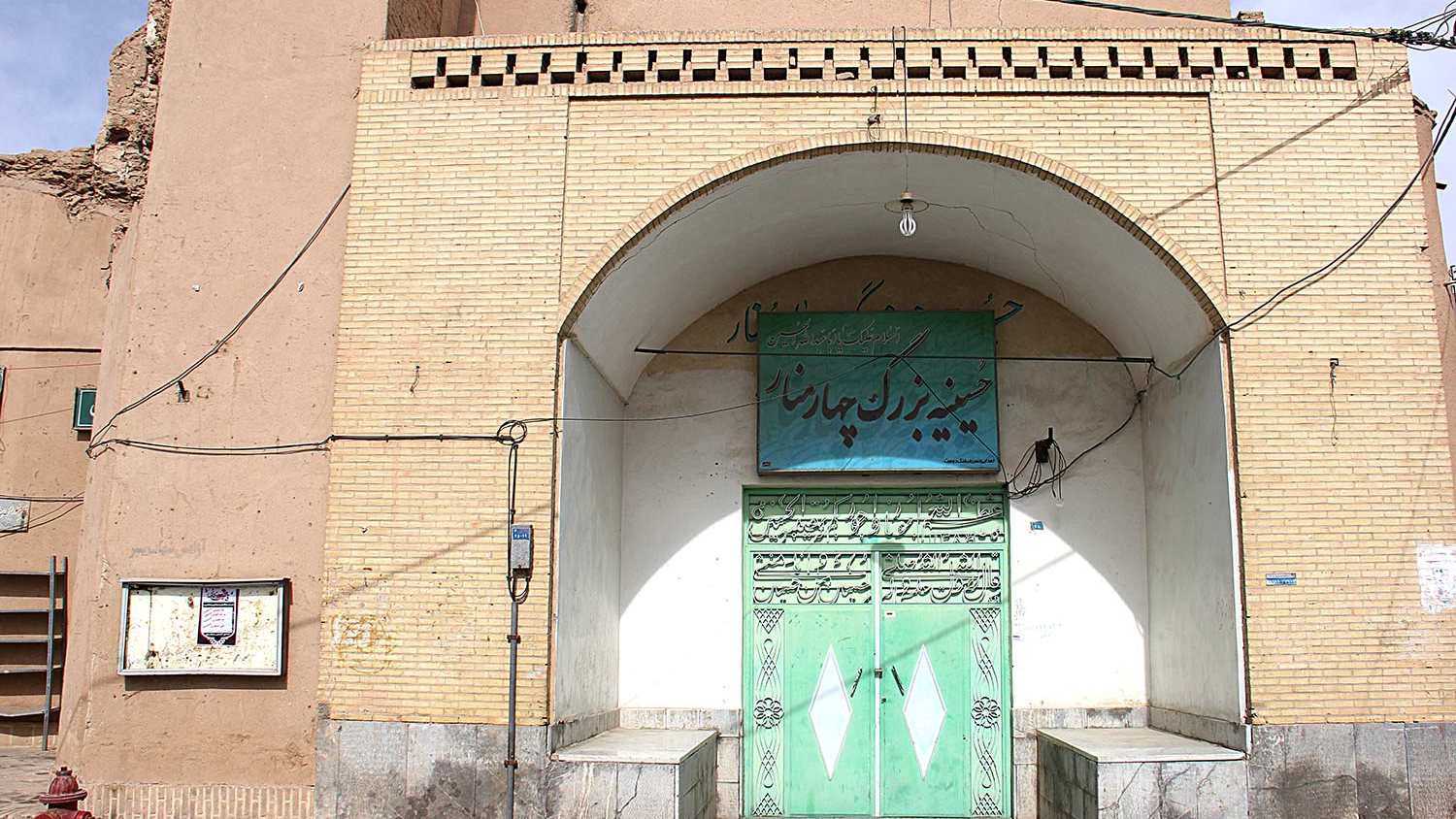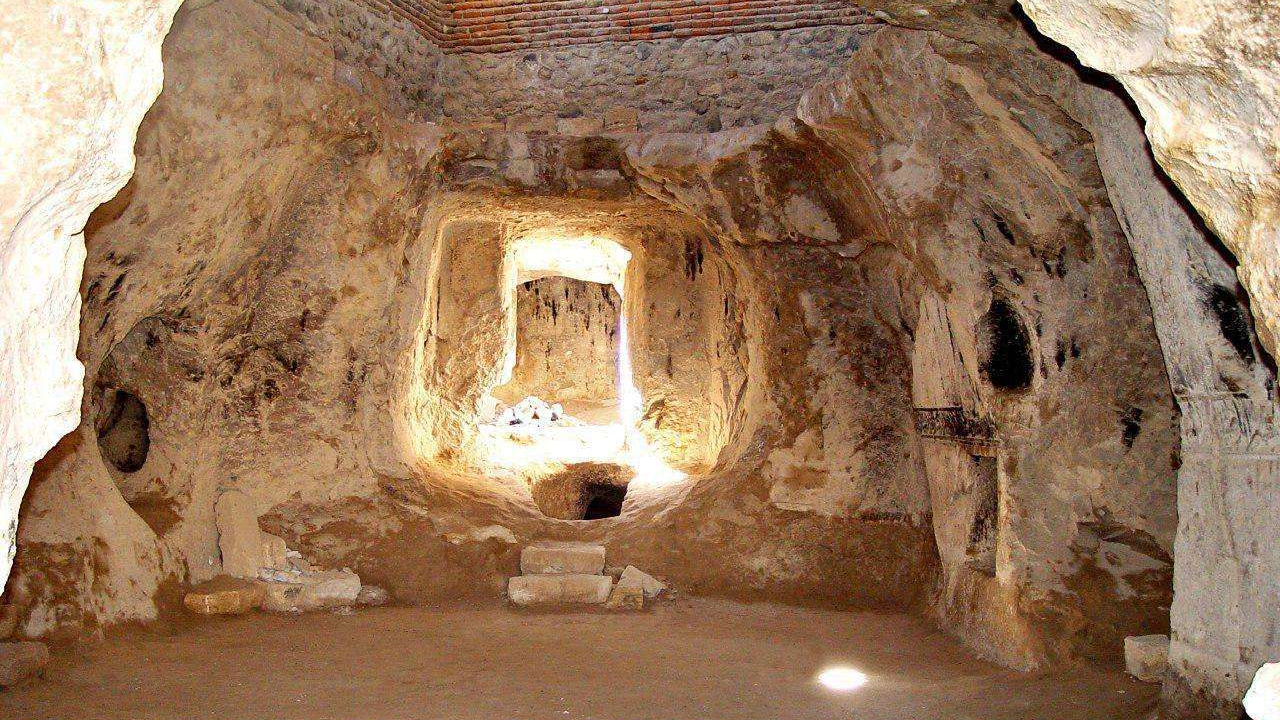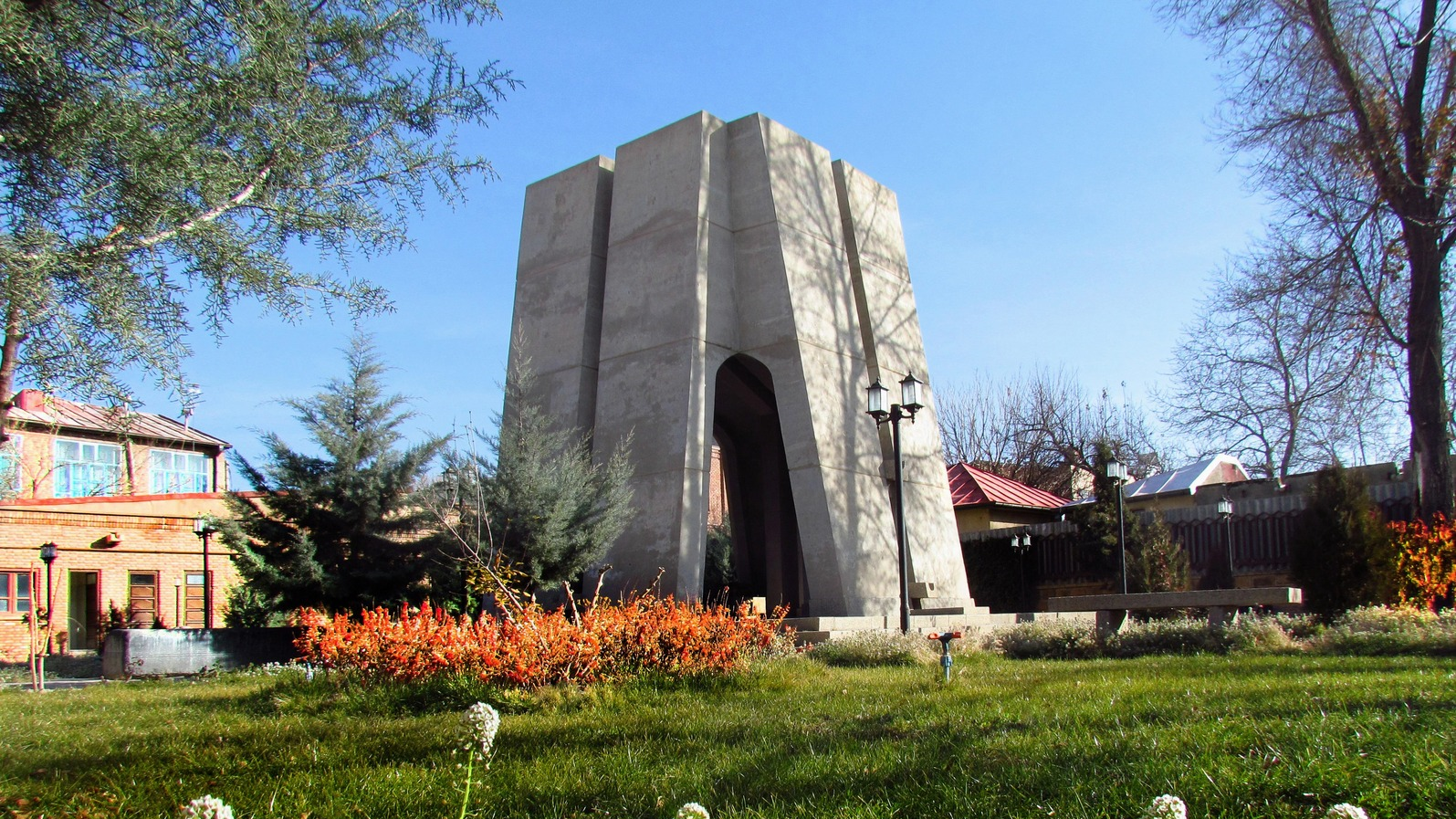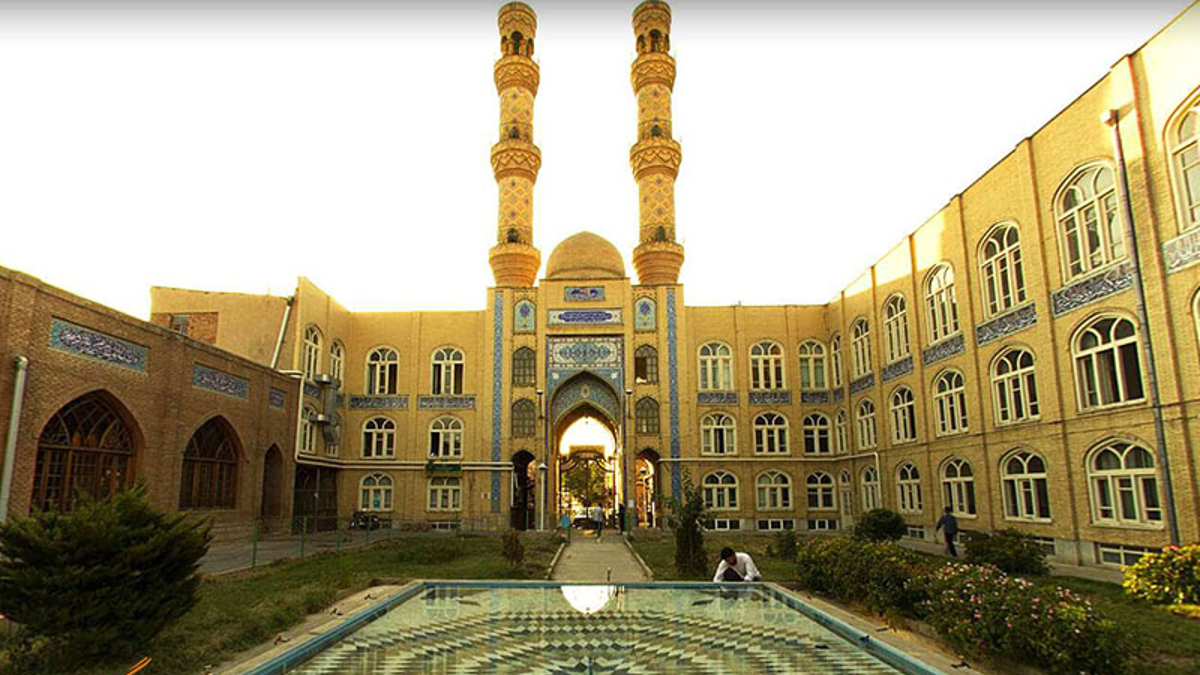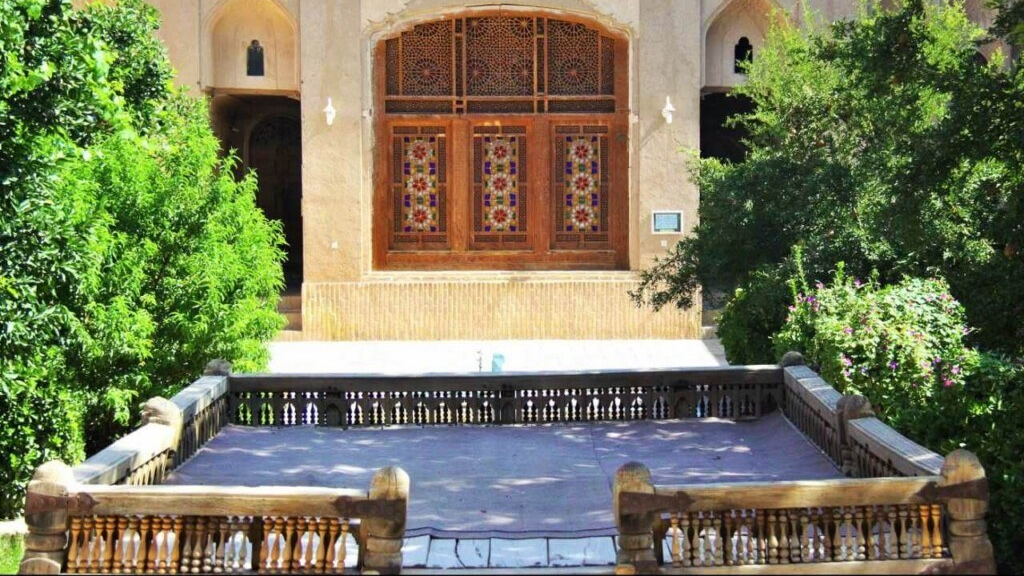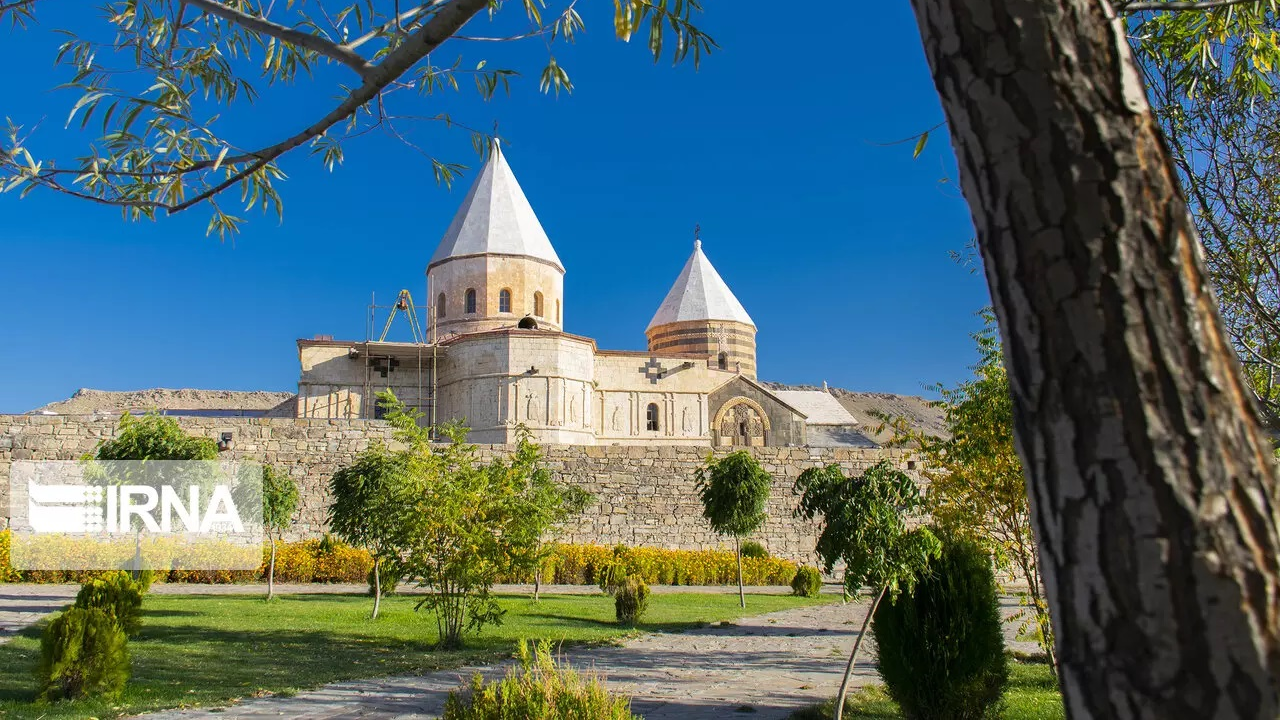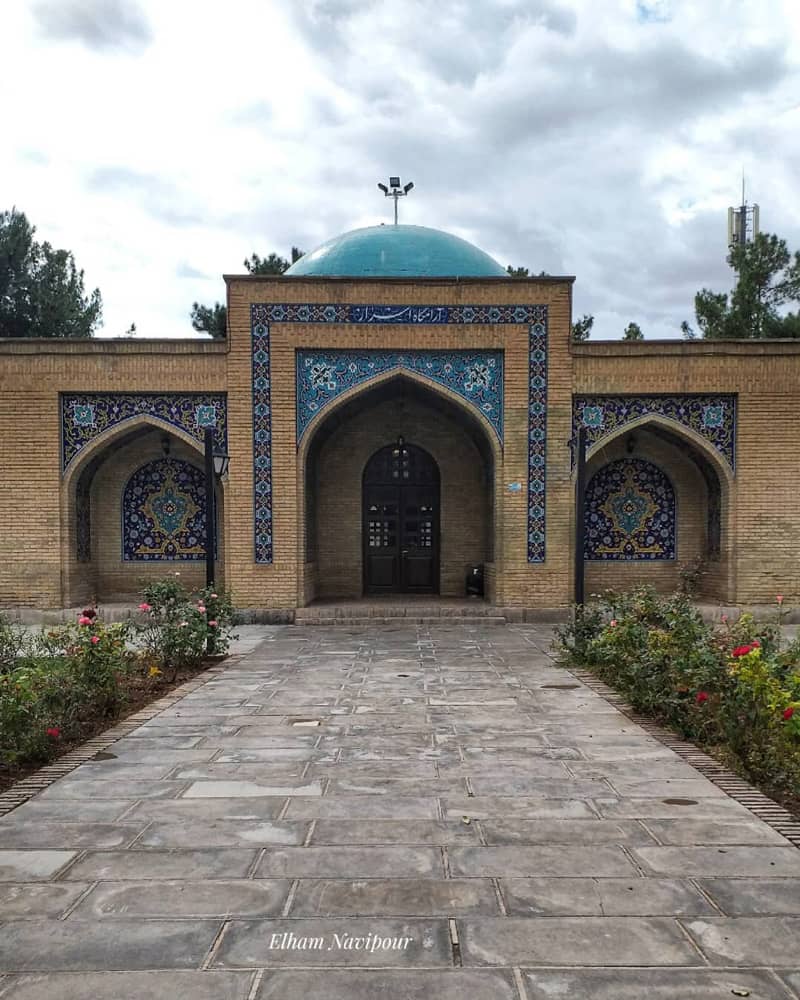
Architecture and Features of Fin Garden
Architecture is one of the outward expressions of any civilization, in which the roots of beliefs, rituals, and innovations of different peoples can be observed. Throughout history, architects, by constructing buildings based on people’s needs, succeeded in expanding their knowledge and developing skills in designing spaces and utilizing materials and tools. Consequently, architecture evolved uniquely in every corner of the world, tailored to the local climate and culture. In Iranian architecture, structures, decorations, and details reflect the distinct culture and climate of Iran. Among these, the “Persian garden” has attracted global attention due to its unique characteristics, symbolizing Iranians’ love of nature. To the extent that some of these Persian gardens have been registered as World Heritage Sites, including Fin Garden, which is historically associated with one of Iran’s prominent and reputable statesmen of the 19th century.
Where is Fin Garden located?
Fin Garden is located in Kashan County in the northern part of Isfahan Province, Iran. The garden is so renowned that it is considered a symbol of the city of Kashan. The city lies between the Karkas Mountains and the central Iranian desert areas, making it a suitable region for cultivating Damask roses. Kashan is famous for producing the finest rosewater in Iran. The history of human settlement in Kashan dates back around 7,000 years, as evidenced by the nearby Sialk Hills, which are only a few kilometers from Fin Garden.
History of Fin Garden
According to some experts, Fin Garden was established during the Safavid era (16th century CE). However, other sources suggest that its origins may date back even earlier. What is certain is that in 1572 CE, a devastating earthquake severely damaged many parts of Kashan, including Fin Garden. After this event, due to its deterioration, the garden became known among the people as the "Old Garden." Later, Shah Abbas I (reigned 1587–1629 CE) restored the garden and renamed it the "New Garden" to commemorate his efforts and renovations.
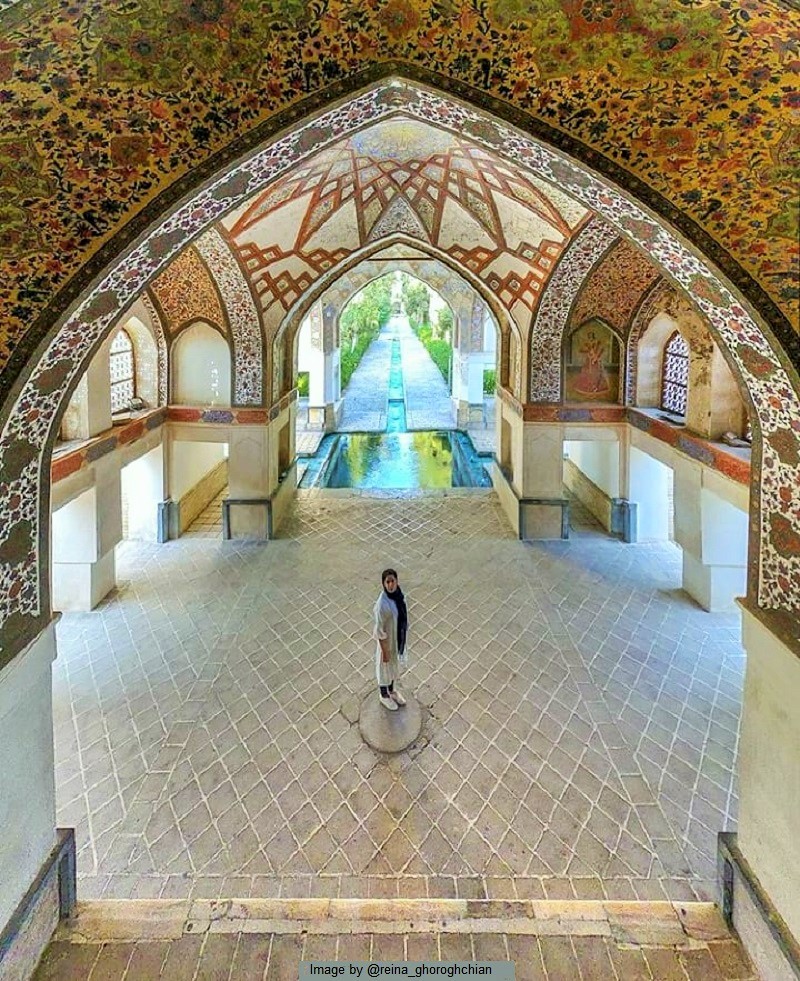
The Pavilion of Fin Garden, Kashan
ChatGPT said:
Architecture and Features of Fin Garden
In Iran, several places bear the name "Fin," believed to refer to locations with abundant water. The creation of Fin Garden at its present site was similarly motivated by the availability of plentiful water. Even today, a stream flows through the garden and its surroundings, sourced from a spring called Soleymaniyeh Spring. The garden’s courtyard features plane trees and cypress trees, with the total number of mature trees exceeding 500. Some of these trees are estimated to be over 450 years old. Experts have speculated that the designer of the garden might have been Ghiyas al-Din Jamshid Kashani, a renowned mathematician of the 14th–15th centuries, or Sheikh Baha’i, a skilled scientist and architect of the 16th–17th centuries.
A large pool adorned with turquoise tiles is one of the unique features of Fin Garden. At the back of the garden, a small basin has been constructed, from which water is directed toward the garden’s fountains through clay pipes.
National and World Heritage Registration
Fin Garden was registered on the National Heritage List of Iran in 1935. Its inclusion in the UNESCO World Heritage List dates back to 2011, when nine sites collectively known as “Persian Gardens” were inscribed as World Heritage.
| Name | Architecture and Features of Fin Garden |
| Country | Iran |
| State | Isfahan |
| City | Kashan |
| Type | Historical |
| Registration | Unesco,National |
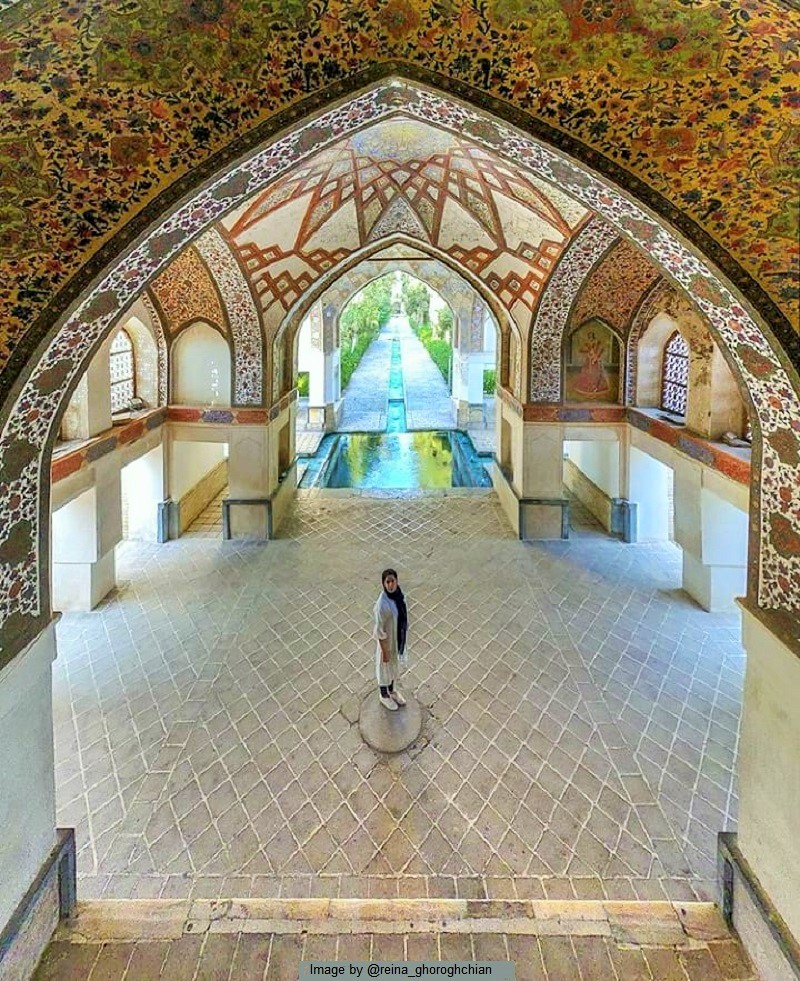
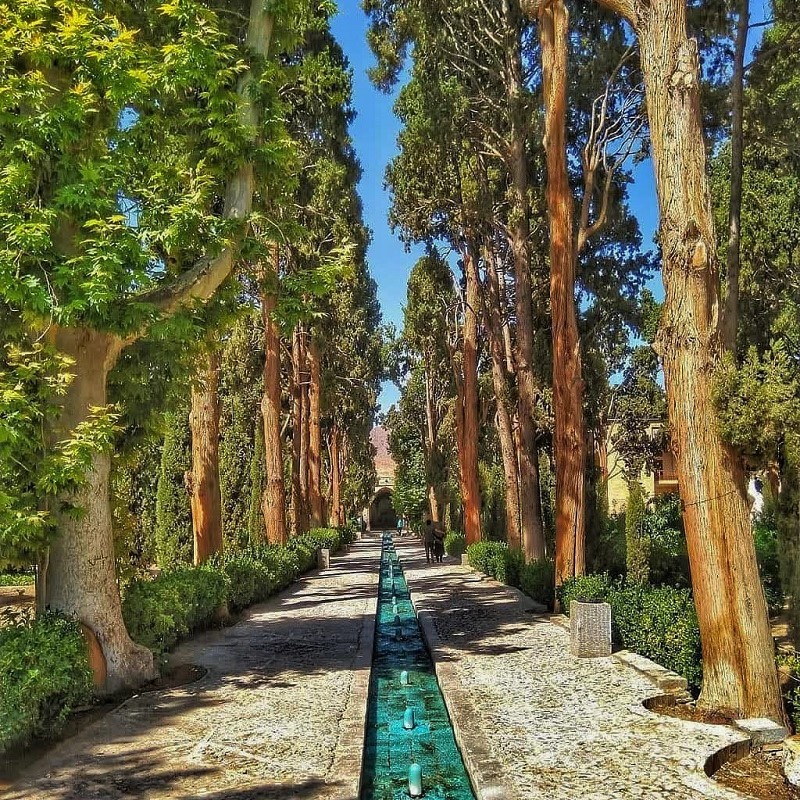
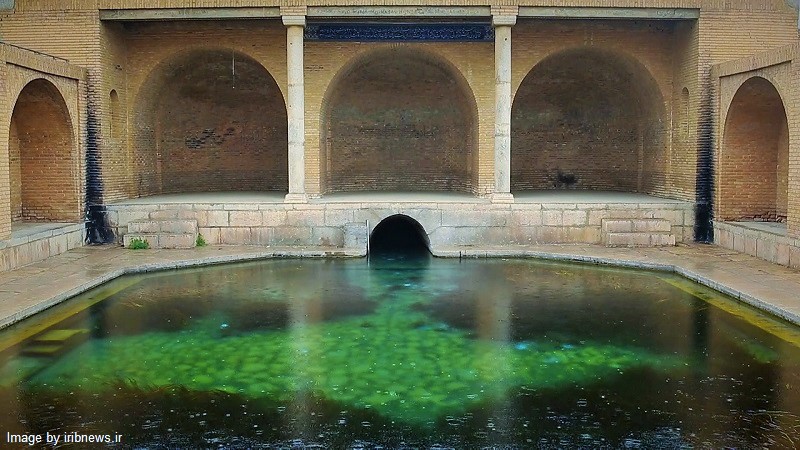



Choose blindless
Red blindless Green blindless Blue blindless Red hard to see Green hard to see Blue hard to see Monochrome Special MonochromeFont size change:
Change word spacing:
Change line height:
Change mouse type:
